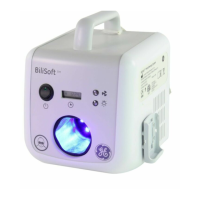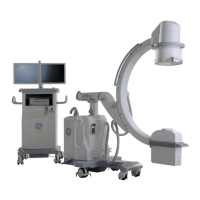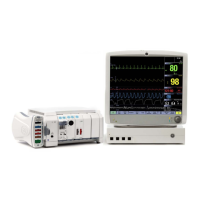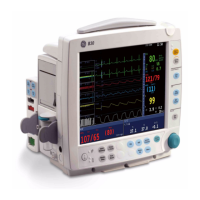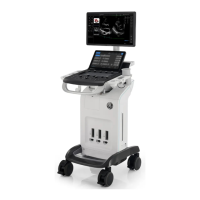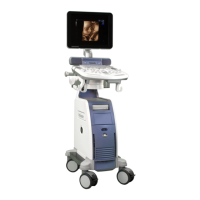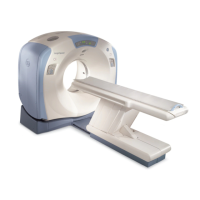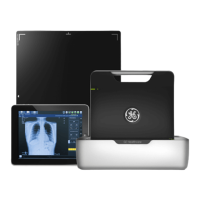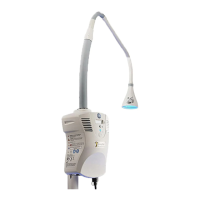79
Impedance respiration
Safety precautions
Warnings
• Make sure that the leadwire set clips or snaps do not touch any
electrically conductive material including earth.
• The monitor may not detect all episodes of inadequate
breathing, nor does it distinguish between central, obstructive
and mixed apnea events.
• ELECTRODE CONFIGURATION - Impedance respiration
monitoring is not reliable when ECG electrodes are placed on the
limbs.
• This device is not an apnea monitor system intended to alarm
primarily upon the cessation of breathing. In central apnea it
indicates an alarm after a pre-determined time since the last
breath detection. Do not attempt to use it for detecting
obstructive or mixed apneas, since respiration movements and
impedance variations may continue in these cases.
• The impedance respiration measurement is inherently very
sensitive as it measures very small physiologic signals (changes
of impedance of the patient's chest area). Conducted RF current
above 1 Vrms may cause erroneous measurements at various
frequencies, for example interference with the signal/waveform
leads to respiration rate readings inconsistent with the patient's
true respiration rate. If you notice this, use another form of
respiration monitoring, for instance, the E-miniC module.
• Electrical interference - Electrical devices, such as electrosurgery
units and infrared heaters, that emit electromagnetic
disturbance may cause artifacts or disable the respiration
measurement completely.
• Movement artifacts - Changing position, moving the head,
moving the arms or shivering may result in movement artifacts.
Also the heart may cause noticeable movement and sometimes
this may interfere with the respiration measurement.
• Intermittent mechanical ventilation - During spontaneous
breathing the ventilator may at times support the patient’s
ventilation with an extra inspiration. If these ventilator
inspirations are substantially larger than the spontaneous
breaths, the respiration calculation may mistakenly count only
the inspirations and expirations produced by the ventilator.
• The impedance respiration measurement may cause rate
changes in Minute Ventilation Rate Responsive Pacemakers. Set
the pacemaker rate responsive mode off or turn off the
impedance respiration measurement on the monitor.
• APNEA alarm - If you deactivate the Apnea alarm, keep the
patient under close surveillance.
Cautions
• When using the electrosurgery unit, ensure proper contact of the
ESU return electrode to the patient to avoid burns at
measurement sites. Also ensure that the ESU return electrode is
near the operating area.
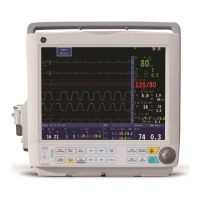
